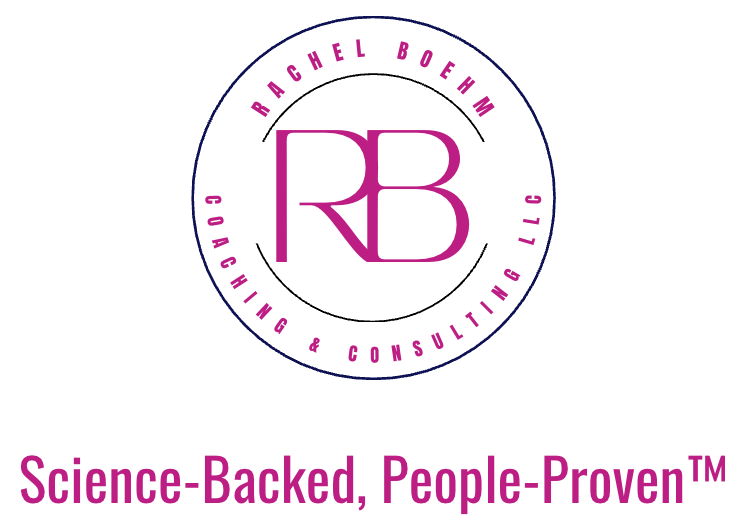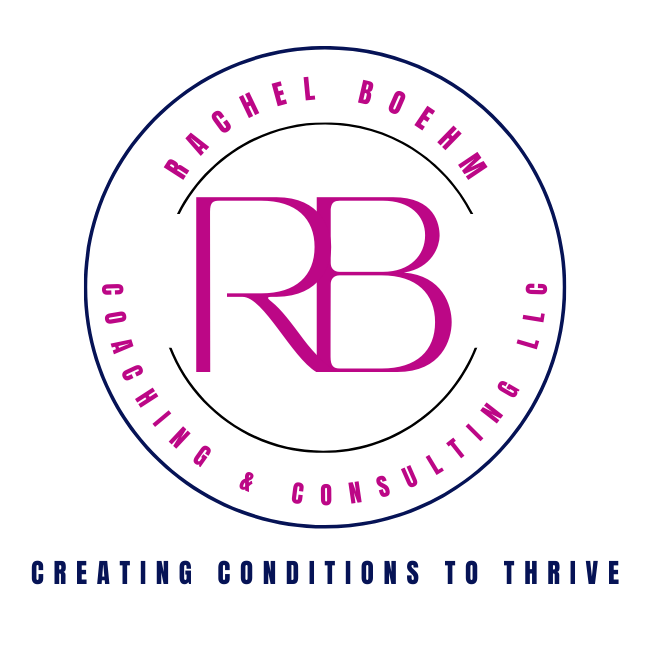The Burnout Epidemic: A Financial Wake-Up Call. Why Senior Leaders Must Look Beyond Wellness Programs to Protect Their Bottom Line
Since you can’t escape the word “burnout” these days you probably know the rate in the US workforce is alarming. And yet, burnout can feel like a nebulous concept.
Something hard to identify, at least until it fully knocks someone down past a count of 10. This can make it feel hard to quantify, not only because the burnout warning signs and related symptoms can differ, but because there are so many direct and indirect costs.
How do you know what it’s really costing your organization?
I’ve taken a stab at that based on extensive research gathering data points from leading organizations to help you grasp in numbers, the ways burnout will hit your balance sheets.
HOW MANY EMPLOYEES ARE BURNT OUT?
As of 2023, according to an AFLAC survey of US employees, 62 percent of women and 57 percent of men experienced at least moderate levels of burnout. The levels of burnout across all employees surveyed ranged from 37% at very low to 7% at very high, with 27% reporting low levels, 35% reporting moderate levels, and 15% reporting high levels of burnout.
This isn't just a fleeting problem; the percentage of employees who very often or always feel burned out at work since 2016 (23%) looks relatively stable despite the increased attention and investments in employee wellness programs and mental well-being initiatives. The rate as of Feb 2023 was 26%, according to data compiled by Statistia.
WebMD shows a more dramatic increase. Between 2022 and 2024, they showed an increase across all age groups, with a 60% increase for GenX, a 40% increase for Baby Boomers, and slightly smaller increases for Millennials and GenZ cohorts.
The lesson here is twofold, 1) don’t make assumptions about burnout rates based on age, and 2) track trends over time for deeper insights.
HOW BURNOUT HITS HEALTH COSTS
Burnout doesn't just affect productivity; it takes a significant toll on employees’ mental, emotional, and physical health. This is because low health can increase the risk of burnout and burnout can increase the risk of low health. Here are some numbers.
Based on findings from 2003 published by Aflac, even employees who report feeling low or no burnout,
24% experienced anxiety
26% experienced trouble sleeping
15% experienced depression
5% experienced weight gain
15% reported post-traumatic stress
These numbers jump for those experiencing moderate and high burnout.
Anxiety: 47% (moderate burnout) and 60% (high burnout)
Trouble sleeping: 41% (moderate burnout) and 51% (high burnout)
Depression: 32% (moderate burnout) 42% (high burnout)
Weight gain: 28% (moderate burnout) 29% (high burnout)
Post-Traumatic Stress: 8% (moderate burnout) 12% (high burnout)
Considering the costs of these challenges, and the fact that they do not always happen in isolation (meaning someone might have trouble sleeping and have anxiety and weight gain), these costs alone add up. Additionally, when stress is high, when burnout increases, individuals increasingly rely on unhealthy coping mechanisms including substance abuse, such as alcohol, tobacco, caffeine, and even food, further exacerbating the issue.
Avidon Health reported in 2021 the costs of unhealthy habits per employee:
Stress = health plan cost of $413 and $301 in productivity losses
Hypertension = health plan cost of $2,000 and $392 in productivity losses
Sleep/insomnia = health plan cost of $1,400 and $3,156 in productivity losses
Depression = health plan cost of $2184 and $649 in productivity losses
Physical inactivity = health plan cost of $1,429 and $482 in productivity losses
Obesity = health plan cost of $11, 841 and $16,840 in productivity losses
Binge drinking/alcoholism = health plan cost of $89 and $581 in productivity losses
Smoking/tobacco = health plan cost of $2000 and $1,807 in productivity losses
Additionally, the American Psychology Association reported that an employee who is burned out is at a 57 percent increased likelihood of missing more than two weeks of work due to illness. And Gallup in 2021 reported that the cost of a missed workday by a full-time employee is conservatively estimated at $340.
If we are conservative as well, and say that a burned-out full-time worker misses 11 workdays (just over a 2-week work period), that is $3,740 just for the absence cost.
HOW BURNOUT HITS TURNOVER AND ORGANIZATION COMMITMENT
Gallup in 2021 found that 15-20 percent of payroll budgets are lost due to burnout-driven voluntary turnover. And, according to G&A Partners, turnover can cost between 30 percent and 150 percent of the employee’s salary depending on their position type.
Data from Statista shows that employees with low levels of burnout are at a 12 percent risk of looking for a new job. Moderate-level burnout increases that risk to 23 percent, and high burnout ups to 44 percent.
And, if 62 percent of women and 57 percent of men are experiencing at least moderate levels of burnout, what does that tell you about the burnout-related turnover risk in your organization?
The Gen Z Factor
For businesses looking to attract and retain young talent, addressing burnout is crucial. Based on 2022 data,
42% of Gen Z employees cited burnout and lack of work-life balance as a reason they would quit their job their job.
Other top reasons for quitting are closely related to factors that create burnout, including:
Not doing what I’m passionate about (37%)
Limited career progression opportunities (33%)
No remote work options (30%)
Lack of learning opportunities (23%)
Inadequate health insurance (20%)
Not having bonds with colleagues at work (19%)
Unsatisfactory salary (54%)
The Call to Action
As business leaders, it's clear that addressing burnout isn't just a feel-good, nice-to-have matter of employee wellness—it's a critical business imperative.
The data shows that organizations that prioritize creating a burnout-proof culture are more likely to see a wide array of benefits, including:
Increased productivity
Lower healthcare costs
Improved employee retention
Improved employee engagement
Higher job satisfaction
Improved creativity and innovation
Improved customer satisfaction
Decreased tensions between colleagues
Decreased legal and safety compliance risks
Investing in burnout prevention and mitigation strategies isn't just the right thing to do for your employees—it's a smart business decision that can significantly impact your bottom line. By creating a culture that addresses the root causes of burnout, you can build a more resilient, productive, and profitable organization. To get started, schedule a complimentary leadership insights call here.
Sources
https://www.ibiweb.org/resources/cost-of-poor-health-infographic-2019-data?hsLang=en#
https://www.apa.org/topics/healthy-workplaces/workplace-burnout
https://www.gallup.com/workplace/404174/economic-cost-poor-employee-mental-health.aspx
WebMD Webinar, Burnout in Focus: Research-Driven Solutions for Your Organization. Save this email for details on the webcast. held Sept. 26, 2024.


